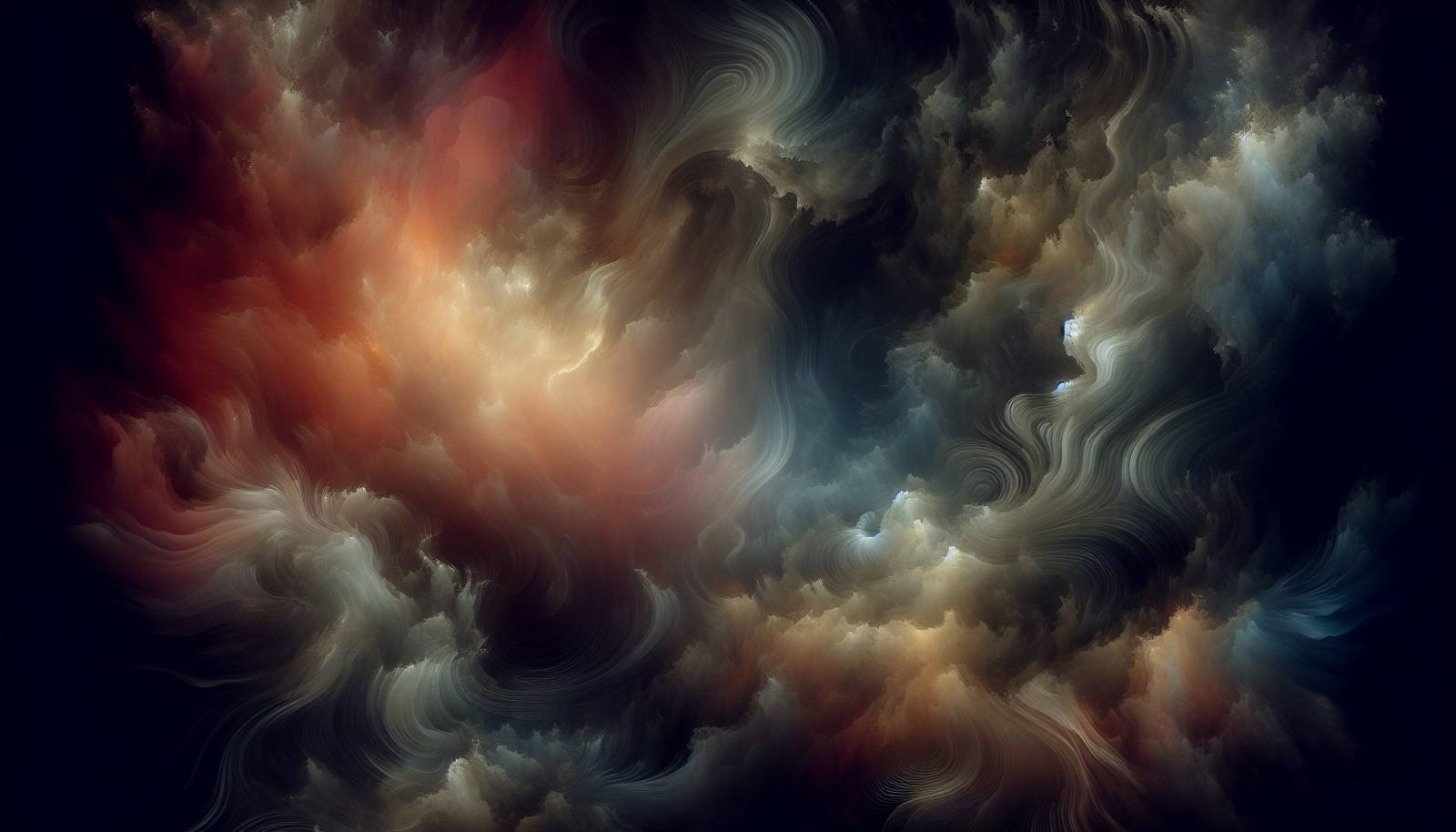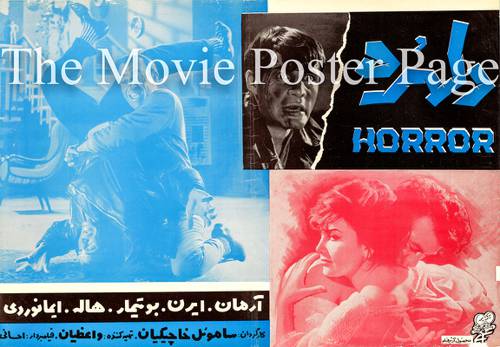
FAQ About The Role of Horror Films in Cultural Reflection

How do horror films act as a reflection of societal fears?
Horror films often mirror the fears and anxieties present in society during the time they are made. By dramatizing these fears in a fictional narrative, filmmakers can explore complex issues in a way that is both entertaining and thought-provoking. This reflection can include fears of technological change, political instability, social upheaval, or existential threats.

Can horror films influence societal norms and values?
Yes, horror films can influence societal norms and values by prompting audiences to confront and reconsider the boundaries of social taboos and ethics. They can spark discussions about morality, safety, identity, and what constitutes normal behavior by pushing the boundaries of what is socially acceptable.

What historical events have influenced horror films?
Historical events have often influenced horror films. For instance, the Cold War era gave rise to films featuring nuclear age anxieties and alien invasions, reflecting fears of foreign threats and annihilation. Similarly, the rise of serial killers in the 20th century influenced the creation of slasher films, which address fears of random violence and loss of control.

How do horror films depict cultural contexts differently across countries?
Horror films vary significantly across different cultures because each society has unique fears and values. For example, Japanese horror often emphasizes psychological terror and the supernatural, contrasting with Western horror, which may focus more on graphic violence and survival themes. This variation allows insight into differing cultural psychologies and societal priorities.

What is the impact of modern technology on horror films?
Modern technology impacts horror films by introducing new themes such as cyber threats, digital hauntings, and virtual realities. It also influences production techniques, such as CGI for special effects and digital distribution platforms that have widened audience reach. These advancements reflect contemporary anxieties about the rapidly evolving digital age.

How do horror films comment on social issues?
Horror films often comment on social issues by using allegory and symbolism. They can address topics such as racism, sexism, poverty, and mental illness, often critiquing societal norms and prompting conversations about change. This genre allows filmmakers to explore these complex subjects in a creative and impactful manner.

Are horror films based on real cultural myths and legends?
Yes, many horror films are inspired by cultural myths and legends, which can lend authenticity and depth to their narratives. By drawing from existing folklore, filmmakers can reinforce and reinterpret old tales, making them relevant to contemporary audiences and exploring timeless human fears.

Why do people enjoy watching horror films despite being scared?
People enjoy horror films because they provide a safe way to experience fear and adrenaline. The thrill of facing terrifying scenarios in a controlled environment allows viewers to confront fears and anxieties, often providing a cathartic release. Additionally, the challenge of enduring scary movies can be exhilarating and satisfying, offering a sense of accomplishment.

How has the portrayal of monsters in horror films evolved?
The portrayal of monsters in horror films has evolved from classic supernatural beings like vampires and werewolves to modern interpretations involving alien creatures and psychological horrors. This evolution reflects changes in societal fears, shifting from fear of the unknown and the mystical to more contemporary threats such as science, technology, and human nature itself.

What role do women play in horror films and how has this changed?
Women in horror films have traditionally been portrayed as victims or the 'final girl,' who survives the terror. However, modern horror has seen a shift towards more complex and empowered female characters, reflecting broader societal changes towards gender equality and the challenge of traditional gender roles.

What is the significance of setting in horror films?
The setting of a horror film plays a crucial role in establishing mood and tone. It can heighten tension and fear by isolating characters, using claustrophobic or vast, menacing environments. Settings like haunted houses or abandoned facilities are particularly effective as they tap into fears of the unknown and uncontrollable environments.

How do horror films use music and sound to enhance scares?
Horror films use music and sound to create atmosphere and trigger emotional responses. Tension-filled scores can amplify anticipation, while sudden loud noises can cause shock and surprise. Silence, too, is a powerful tool in horror, building suspense by highlighting the absence of expected sounds.

Do horror films have a direct impact on mental health?
While horror films can invoke stress responses, they generally do not cause long-term mental health issues for the average viewer. However, individuals with pre-existing anxiety disorders or trauma may find their symptoms exacerbated. For many, horror films can instead provide a cathartic experience, allowing them to process emotions in a controlled setting.

What are some common themes explored in horror films?
Common themes in horror films include the unknown, death, revenge, the supernatural, and the breakdown of social order. These themes reflect deep-seated human fears and can serve to both entertain and provoke thought by addressing fundamental aspects of the human experience.

How do audiences typically react to the violence in horror films?
Audiences may have varied reactions to violence in horror films, ranging from discomfort and empathy for victims to a detached enjoyment of the spectacle. The impact of onscreen violence can depend on the viewer's personal sensitivity and the context in which the violence is presented, whether it is realistic or fantastical in nature.

Why are horror films often set in the dark?
Darkness in horror films is a metaphor for the unknown and is used to heighten fear and suspense. The absence of light obscures threats, increasing the feeling of vulnerability and creating an environment where the audience's imagination can run wild, often making the experience scarier.

What role do horror films play in communal and cultural bonding?
Horror films can create a shared experience that brings people together, fostering communal bonding through collective fear and survival instincts. Culturally, they can transcend borders by addressing universal fears, thereby contributing to a shared cultural heritage and dialogue.

How do horror films utilize surprise and shock tactics?
Surprise and shock are key strategies in horror films designed to evoke immediate emotional reactions. Techniques include sudden jump scares, unexpected plot twists, and the inversion of familiar situations. These methods exploit the audience's anticipations and vulnerabilities for maximum impact.

Can horror films be considered a form of art?
Horror films can indeed be considered a form of art. Like any film genre, it involves storytelling, visual creativity, and thematic depth. The best horror films are often recognized for their innovation in cinematography, narrative structure, and their ability to evoke a profound emotional response.

Are horror films a universal genre?
Horror films are indeed a universal genre, found in many cultures with varied interpretations and styles. Despite cultural differences, the core human fears explored in horror resonate universally, making it a globally appreciated form of storytelling and entertainment.
